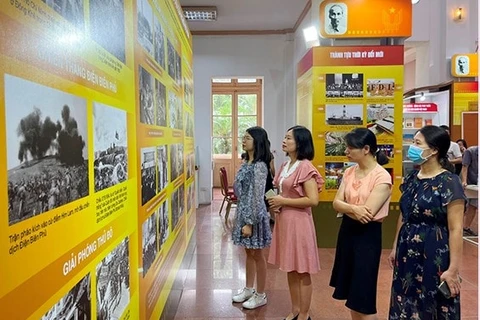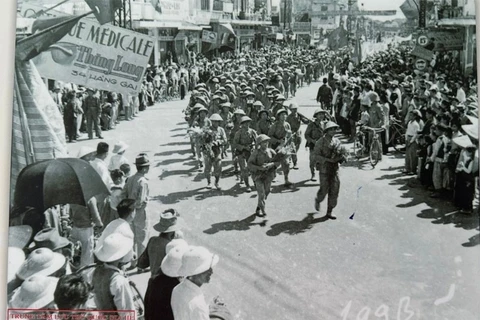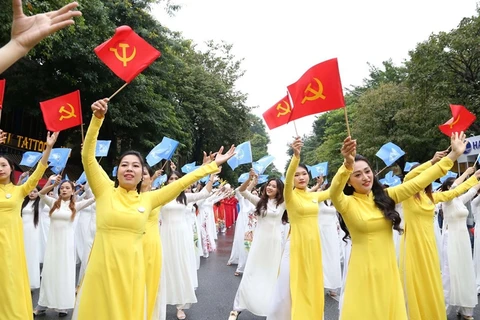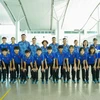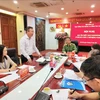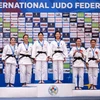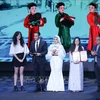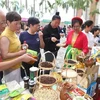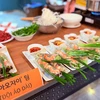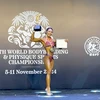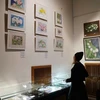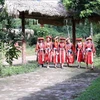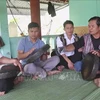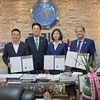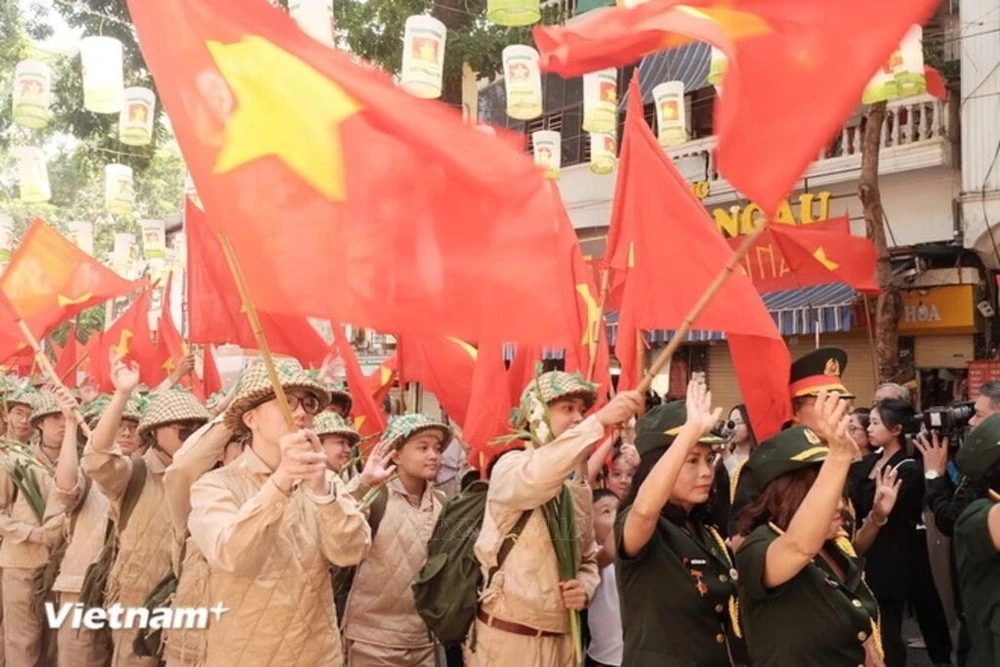
Hanoi (VNA) – The “Cultural Festival for Peace” was held in Hanoi on October 6, gathering a large number of artists, artisans, and representatives from 30 districts in the city.
The event formed part of activities marking the 70th anniversary of the city’s Liberation Day (October 10, 1954 - 2024) and the 25 years since it received the title "City for Peace" (July 16, 1999).
More than 10,000 people participated in parades and performances of folk art forms, including intangible cultural heritage recognised by UNESCO and the nation, as well as traditional cultural features unique to the capital.
Featuring Hanoi with its flow of heritage and as a “City for Peace” and “Creative City”, the festival recreates the historical milestones of the capital, and promotes its tangible and intangible cultural heritage, festivals, and typical craft villages.
The highlight of the event was a performance reenacting the liberation troop's entering Hanoi on October 10, 1954, to take over the capital city.
The reenactment saw the participation of nearly 1,000 soldiers and 200 performers, alongside 5,000 local residents, artists, and musicians who brought to the festival a collection of significant historical moments in Hanoi’s past.
Spectators were treated to performances depicting 60 days and nights of fierce fighting in the heart of the city, a powerful tribute to the heroism of the Vietnamese people during the French resistance.
The event also showcased Hanoi’s vibrant cultural heritage, featuring intangible cultural traditions recognised by both UNESCO and Vietnam. These included folk performances such as Senh Tien and Bai Bong dance, dragon dance, water puppetry, Ca Tru or ceremonial singing - a complex form of sung poetry found in the north of Vietnam, and performances of traditional crafts.
In his opening remarks, Chairman of the municipal People's Committee Tran Sy Thanh said the festival aims to spread the message on the value of culture, peace and creativity of Thang Long-Hanoi people through different periods.
Thanh expressed great gratitude to ancestors who founded and developed Thanh Long-Hanoi, President Ho Chi Minh and heroic martyrs, Hanoi residents, and overseas Vietnamese community for their contributions to the construction and defence of the capital city.
He said that the festival is a chance to affirm the noble qualities and values of the time-honored, heroic, peaceful and friendly Hanoi and the Vietnamese nation as a whole, as well as Vietnamese people's aspirations for peace.

UN Resident Coordinator and Head of UN Organisations in Vietnam Pauline Tamesis affirmed that Hanoi, with over 1,000 years of culture and history, always demonstrates its resilience and the spirit of rebirth. After the historic liberation, local leaders and residents have revitalised and built a city with innovation, integration, and prosperity. The title "City for Peace," awarded by UNESCO in 1999, and UNESCO's recognition of the city as a Creative City in 2019, demonstrate Hanoi’s efforts in renewing itself through years.
According to her, the UN has maintained a long-lasting and effective partnership with the capital, and has accompanied the city in its remarkable transformation, especially since Hanoi was recognised by UNESCO as the first Creative City in Vietnam.
The city has made significant efforts in preserving both its tangible and intangible heritage, showcasing the dynamic interplay between Hanoi's rich history and modern, innovative elements, she said.
She also emphasised the strong commitment of the city administration to foster close collaboration between the public and private sectors in developing creative cultural industries with the youth as the core.
Hanoi has always defined culture as a vital driving force for its socio-economic development, Tamesis added./.
